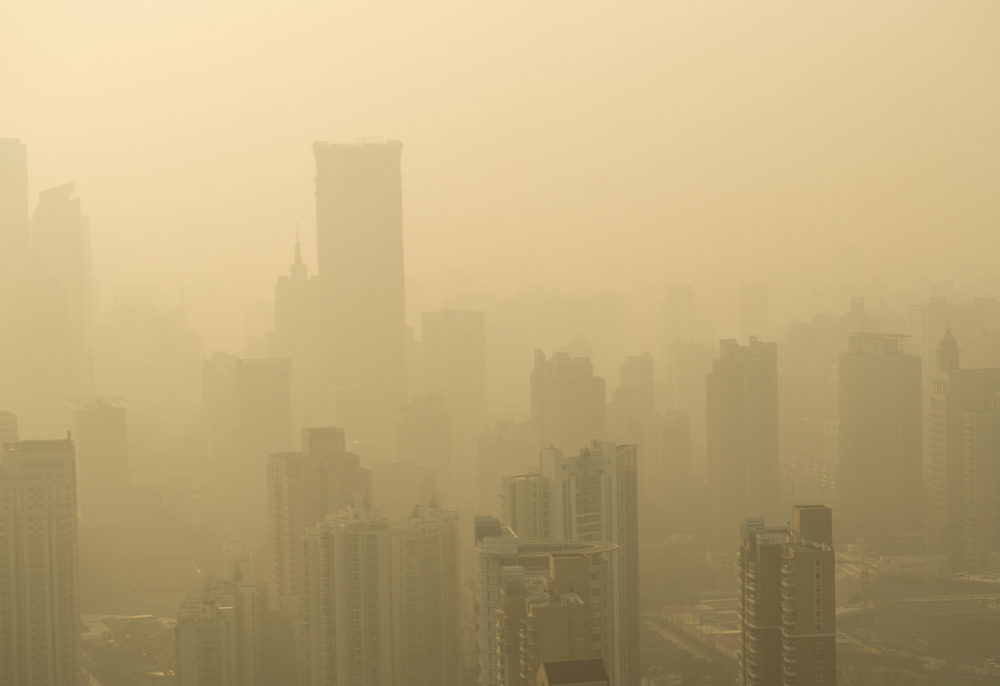Air Pollution Affects 9 Out Of 10 People Worldwide: Report

A new report released by the World Health Organization (WHO) warns that more than 90% of Earth’s population lives in areas with poor air quality, contributing to an increase in noncommunicable diseases.
The WHO air quality study was published on September 27, indicating that an estimated 9 out of every 10 people reside in places across the world with below the recommended air quality standards. Researchers from WHO have associated outdoor air pollution to an increasing number of respiratory and cardiovascular diseases that account for a roughly 3 million deaths annually.
Researchers from WHO created a new model to record poor air quality places across the globe by collecting data from satellite measurements, air transport models, and ground station monitors in more than 3,000 urban and rural locations. The model carefully calibrated data from the satellite and ground stations to more accurately record air quality.

Did You Know?
Millions of Philips CPAP Machines Recalled
Philips DreamStation, CPAP and BiPAP machines sold in recent years may pose a risk of cancer, lung damage and other injuries.
Learn MoreAn analysis of the data recorded and projections of nearby testing locations found that 92% of the world’s population lives in areas with poor air quality that does not meet WHO’s ambient air quality guidelines. The guidelines specifically look for pollutants such as sulfate, nitrates and black carbon, which, if exposed to in great amounts or lengths, can cause potentially fatal lung and cardiovascular diseases.
In 2012, WHO estimated nearly 12% of global fatalities, or roughly 6.5 million deaths, were the result of both indoor and outdoor air pollution exposures.
Air pollution exposure is most common in low and middle-income countries, with roughly two out of every three air-pollutant deaths occurring in South-East Asia and Western Pacific regions, according to WHO’s report. Those most impacted within regions of high air-pollution are the vulnerable such as women, children and the elderly.
Common health risks linked to air pollution include ailments such as cardiovascular disease, strokes, chronic obstructive pulmonary disease and lung cancer. Exposures are also the cause of many acute and severe respiratory infections that could result in long-term breathing complications.
Some of the most notable contributors to air pollution that could be changed are inefficient modes of transportation, household fuels, waste burning, coal-fired power plants, and excessive use of industrial pollutants, many experts say. Although much of the air pollution can be contributed to man-made processes, natural causes such as dust storms in certain regions have an impact on quality control.
WHO has made several efforts to bring global attention to the problems caused by poor air quality. In May 2016 the organization approved and issued a “road map” to accelerate action on air pollution and its causes. The plan calls on health sectors to increase monitoring or air pollution, asses the impacts of the surrounding environments, and to assume greater leadership roles in national policies that affect air pollution.
Most recently, WHO announced a “BreathLife” campaign that will be revealed this fall. The campaign is aimed at increasing public awareness of air pollution on a global scale, to stress the practical policy measures that cities can implement by improving housing, transport, waste management and energy systems.
Get more articles like this sent directly to your inbox.
"*" indicates required fields





0 Comments